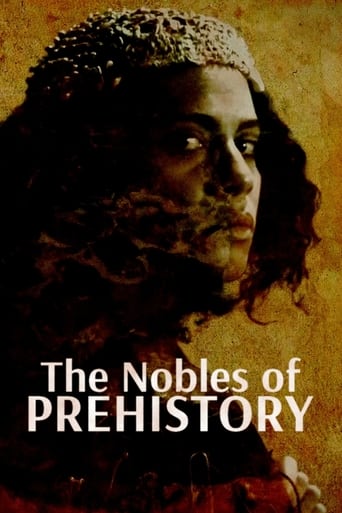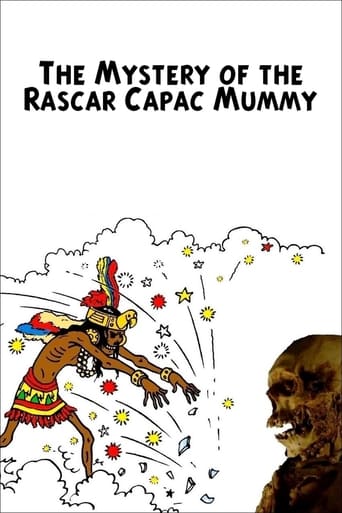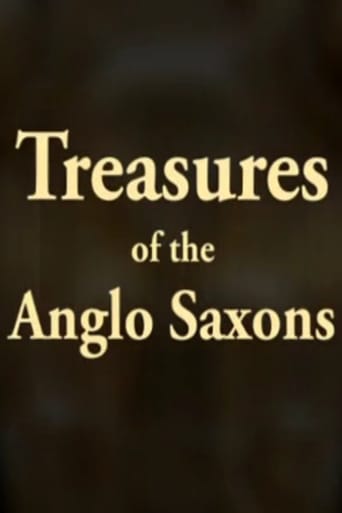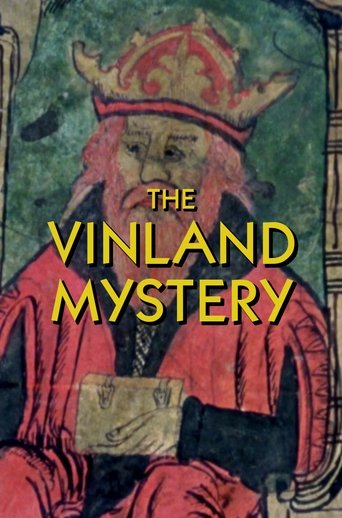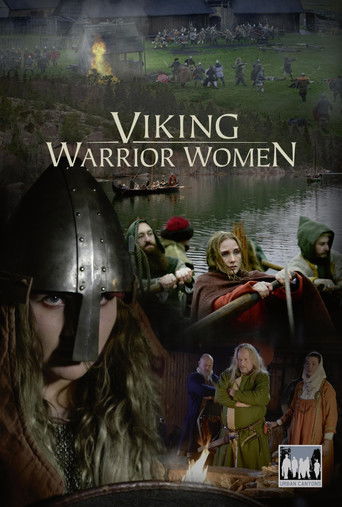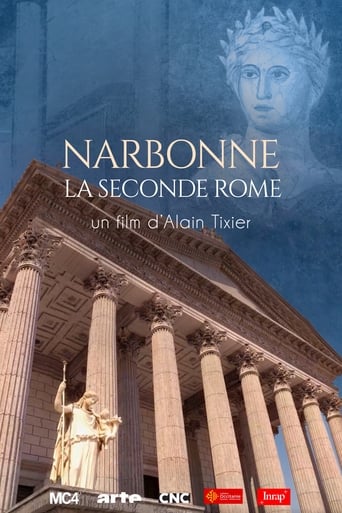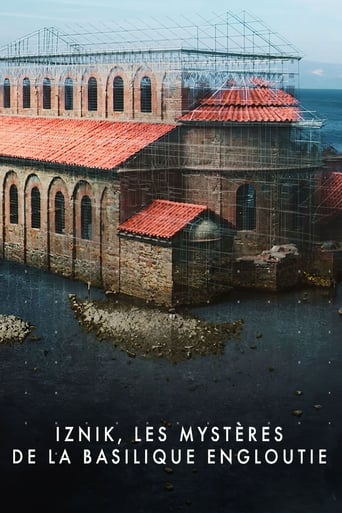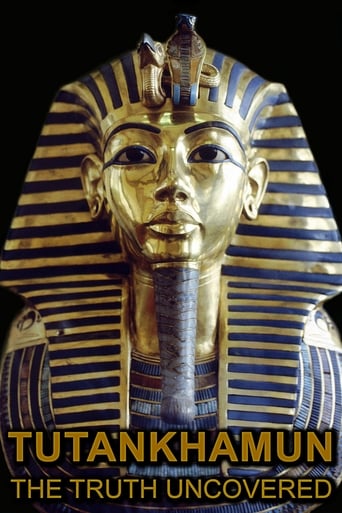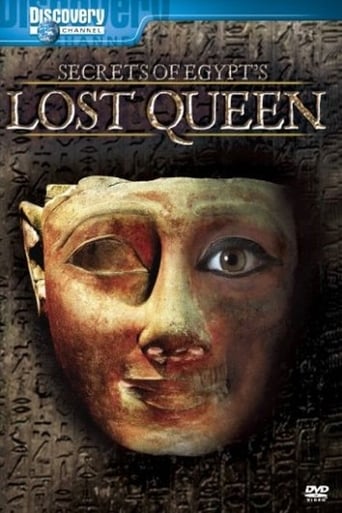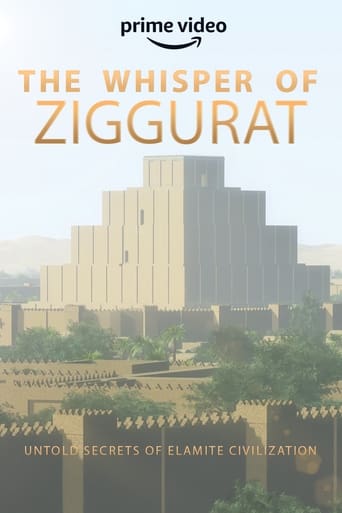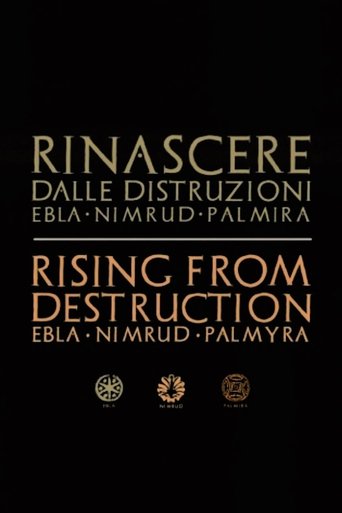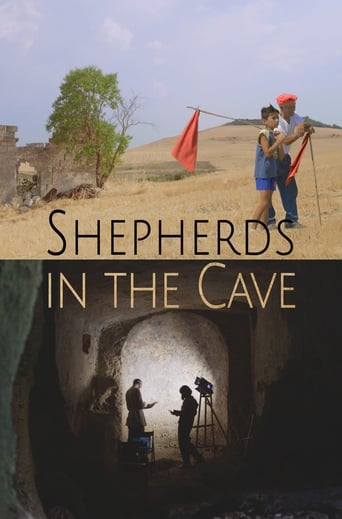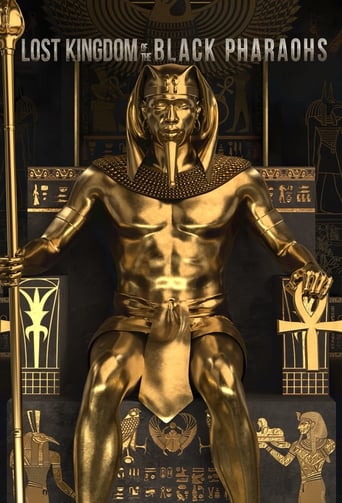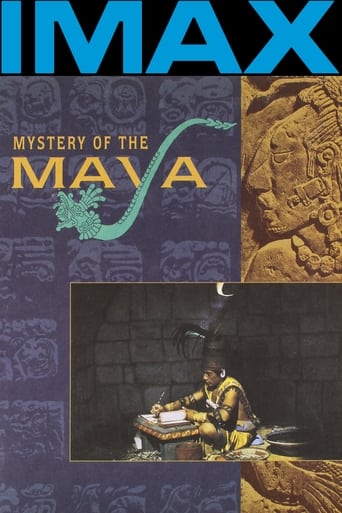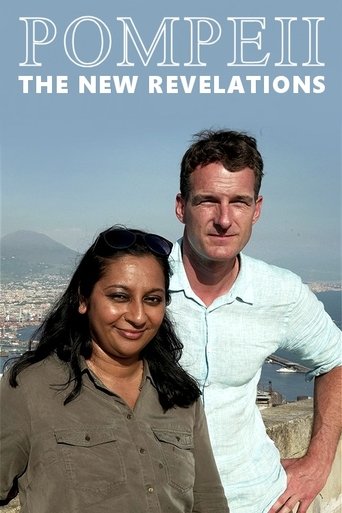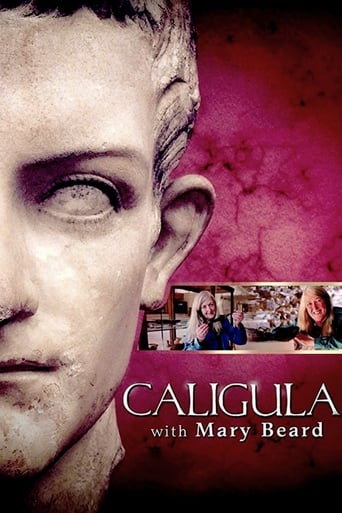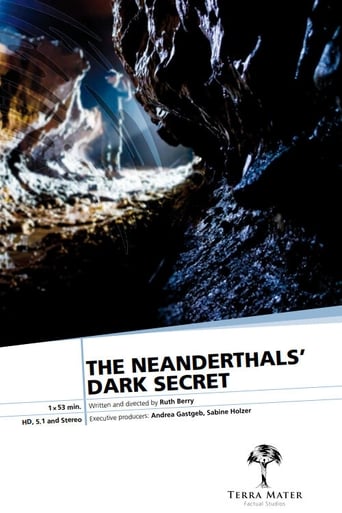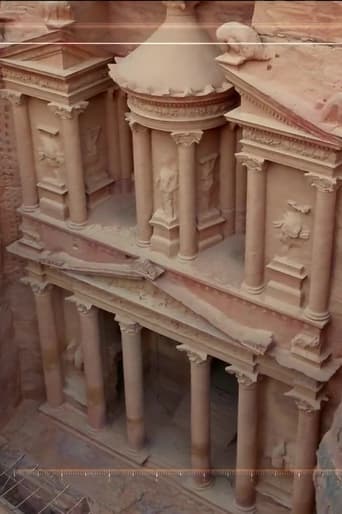The Second Great Battle of Jericho
The Story of Biblical Archeology
For decades, secular archaeologists have regularly announced discoveries that seem to contradict the Bible. A prime example of this was a conclusion by renowned archaeologist Kathleen Kenyon, who stated publicly that the Biblical account of the conquest of Jericho could not possibly be factual. This eye-opening video shows how Biblical Archaeology uncovered the true story about the battle for Jericho. To experience the detective-like quest of Biblical Archaeology, viewers will join an actual dig in Israel to begin a search for Joshua's Ai at Khirbet el-Maqatir with Dr. Bryant Wood and Gary Byers. Become part of the fascinating process of selecting the site, preparing for the excavation, and peeling back the layers of time to reveal the clues to ancient history.
